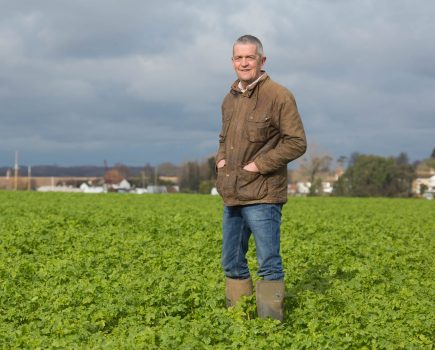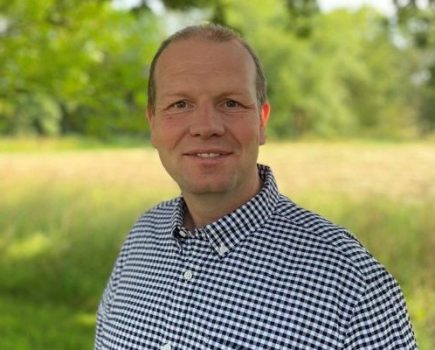 They say that travel broadens the mind so I’ll put my current phase of curmudgeonly narrow-mindedness down to COVID lockdown. I haven’t left Essex since March which, as you can imagine, can leave a man short of new thinking.
They say that travel broadens the mind so I’ll put my current phase of curmudgeonly narrow-mindedness down to COVID lockdown. I haven’t left Essex since March which, as you can imagine, can leave a man short of new thinking.
This conservatism is reflected in this year’s farm cropping programme which is mainly wheat which in turn is mainly Crusoe, a well established variety we have grown for several years now. The ubiquitousness of wheat on the farm is largely due to the lack of the crop in the unfavourable weather that dominated the 2019/20 growing year.
In keeping with the humdrum groundhog year that 2020/21 is turning into, cultivations have also followed a well trodden footprint of the disc followed by the Horsch Pronto. There’s no new kit, no novel crops and no new herbicides. So I expect this article hasn’t actually got you on the edge of your tractor seat gripped by the wonder of what I’m going to say next. But the cruel fact is I don’t base my farm management round the pursuit of something to write about in CPM. If I did I’d probably be spending tomorrow morning moving the mob-grazed ostriches onto the zero-tilled Ahiflower that we’ve sown between the rows of agroforestry cactus we have just planted in an attempt to break into Essex tequila production.
While 2020/21 might be the right year for a bit of steady sticking to what we’ve done in the past, 2021/22 could be a shake-up year. Next season will probably see the first ratcheting back of BPS for us which may make us look harder at alternative ways of running the farm. It will also see a possible re-jigging of our Countryside Stewardship (CS) scheme as it enters its fifth year. The agreement that started in 2017 includes a fifth-year break clause. There is also talk of 2022 seeing the start of the transition to the new ELM scheme roll-out in 2024 so we’ll maybe want to be moving towards those schemes from 2022 onwards.

It’s been a bit of a stop-start autumn for our oilseed rape. We had just enough rain in mid August to get the crop going, then the weather went into a long September drought. Then, in what’s turning into another rollercoaster year for weather, two inches of rain that fell in the first week of October has got things growing again. Hopefully there won’t be too many more weather ‘events’ between now and harvest. Are there any bets being placed on -10°C this side of Christmas? Or maybe a November heatwave that will encourage winter flowering.
Our current CS scheme is dominated by grassland reversion that doesn’t allow for much arable production. I’m hoping that the thinking behind the new ELM schemes might be more encouraging of the idea you can grow crops while delivering environmental goods. For instance, I like the idea of being paid to grow flowering crops of oilseed rape and beans without the use of insecticides as long as the payment properly covers the increased risk. Then there is the prospect of payments for the incorporation of min-till and cover crops in the establishment of cereal crops.
If it’s accepted by the policy makers that reduced tillage has benefits to the soil, not to mention carbon and wildlife, then this is a way they could encourage food production hand in hand with the delivery of environmental goods as opposed to an ELM scheme based around the principle that environmental goods must be delivered at the expense of food production. After all there is a good argument that food production is a public good in as much as the public wouldn’t do very well without it.
Guy Smith grows 500ha of combinable crops on the north east Essex coast. @EssexPeasant




